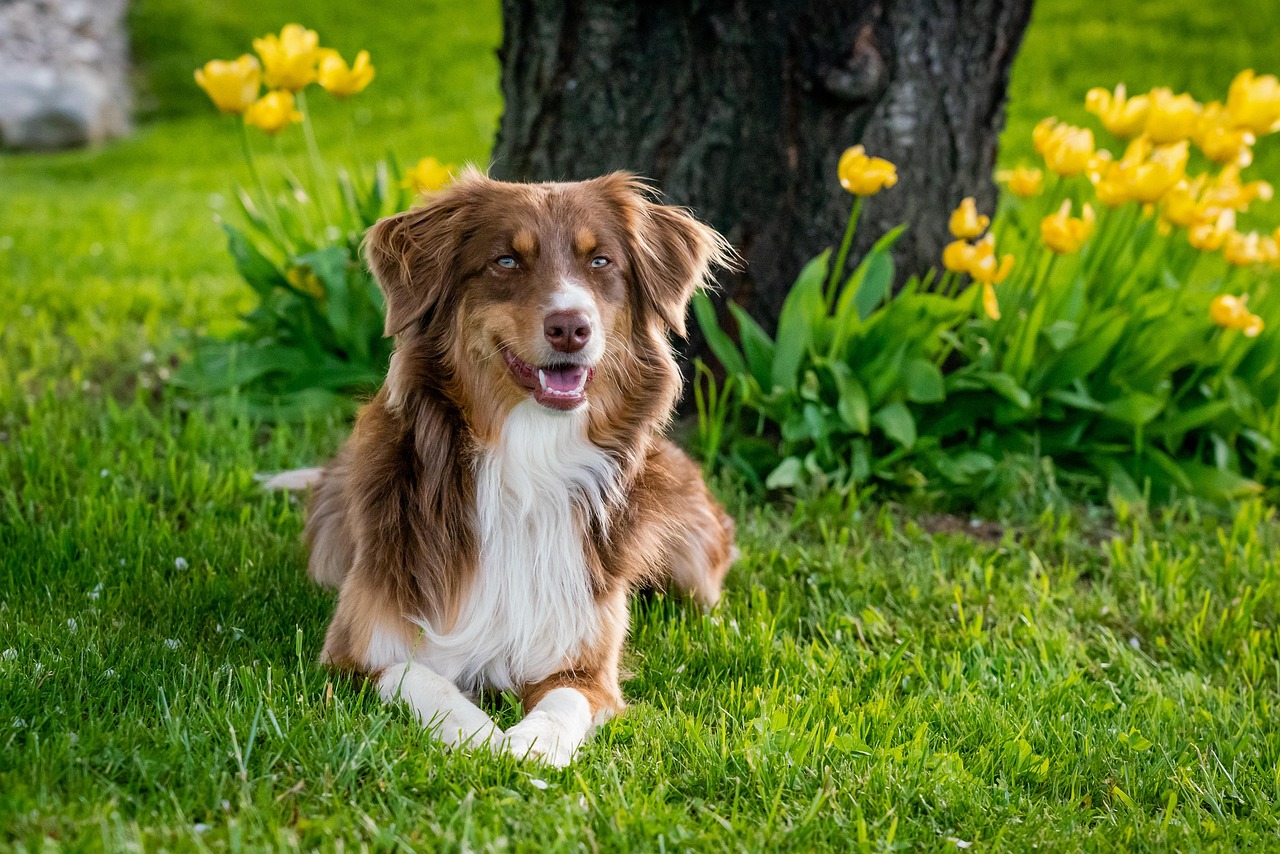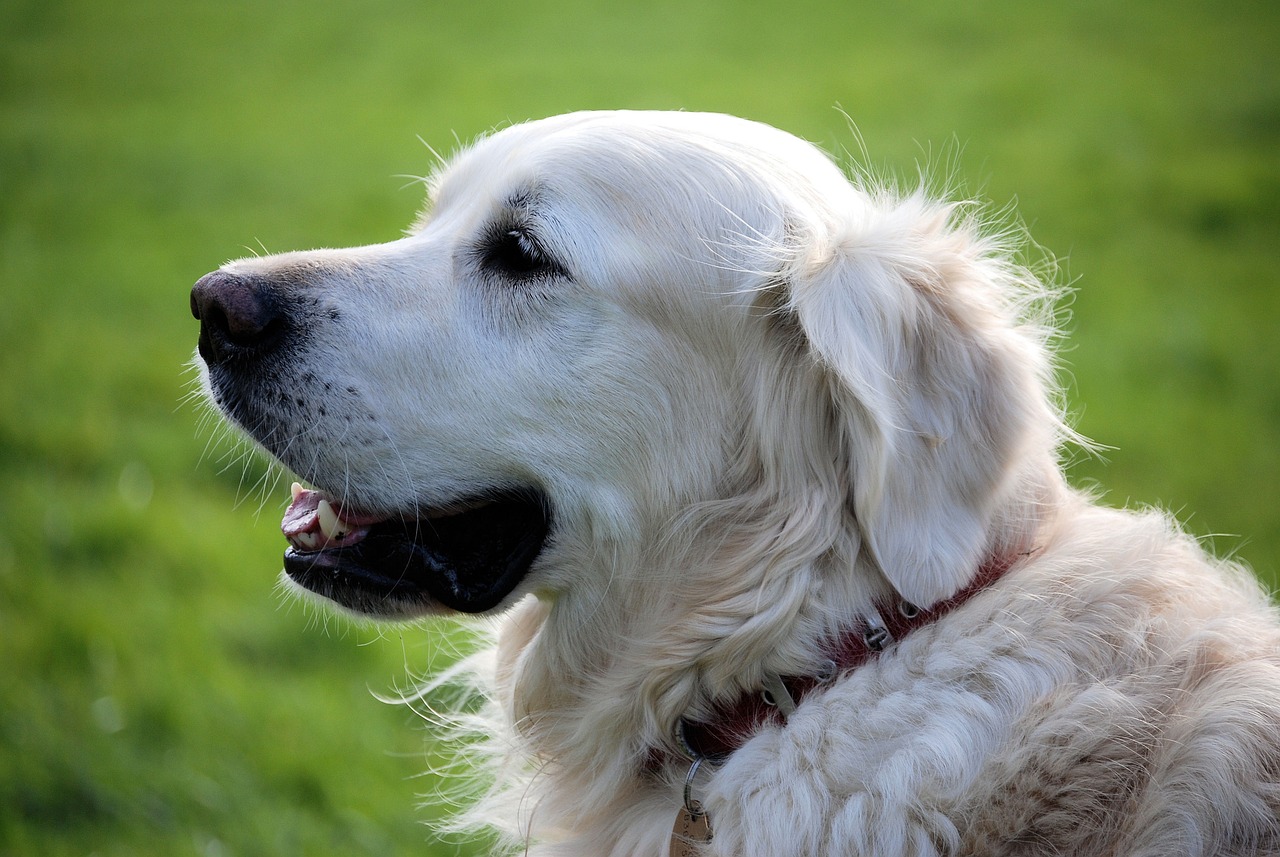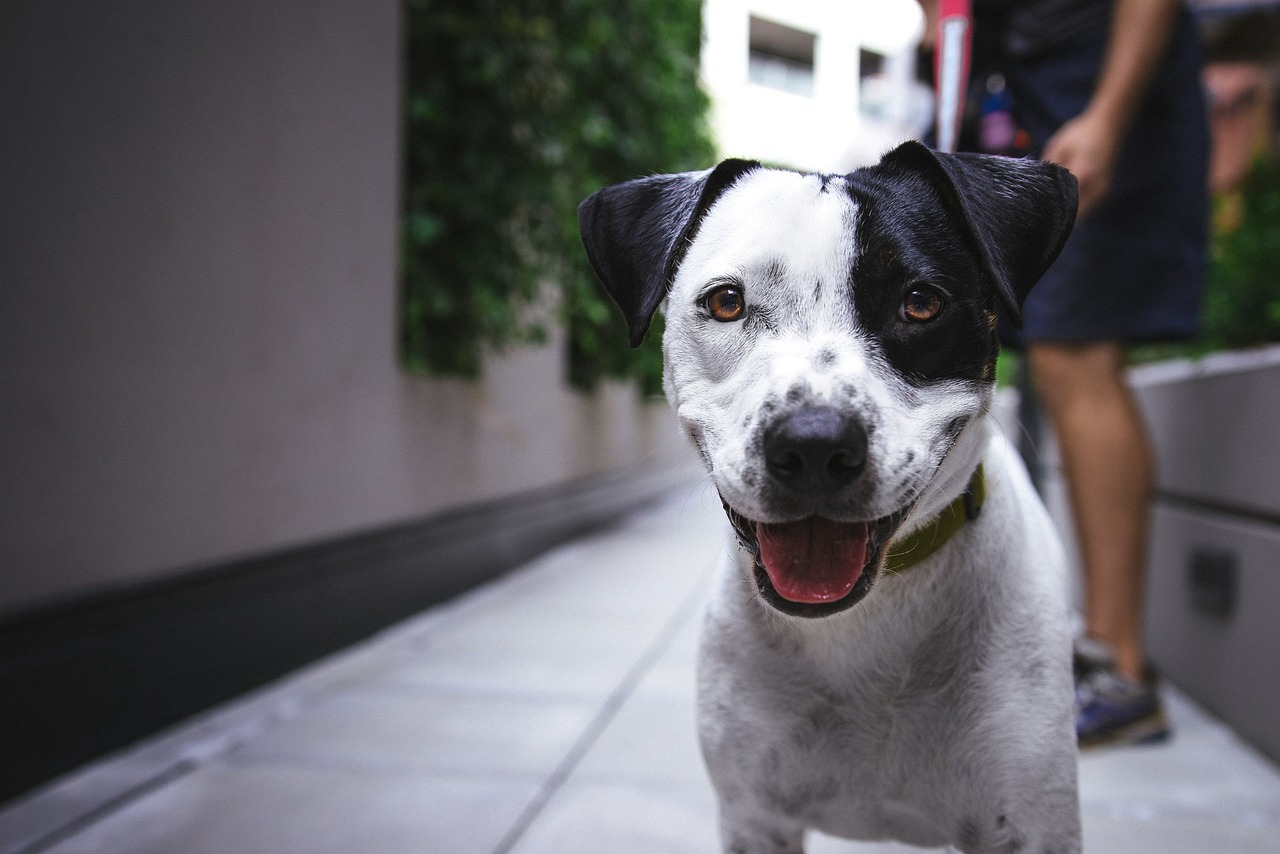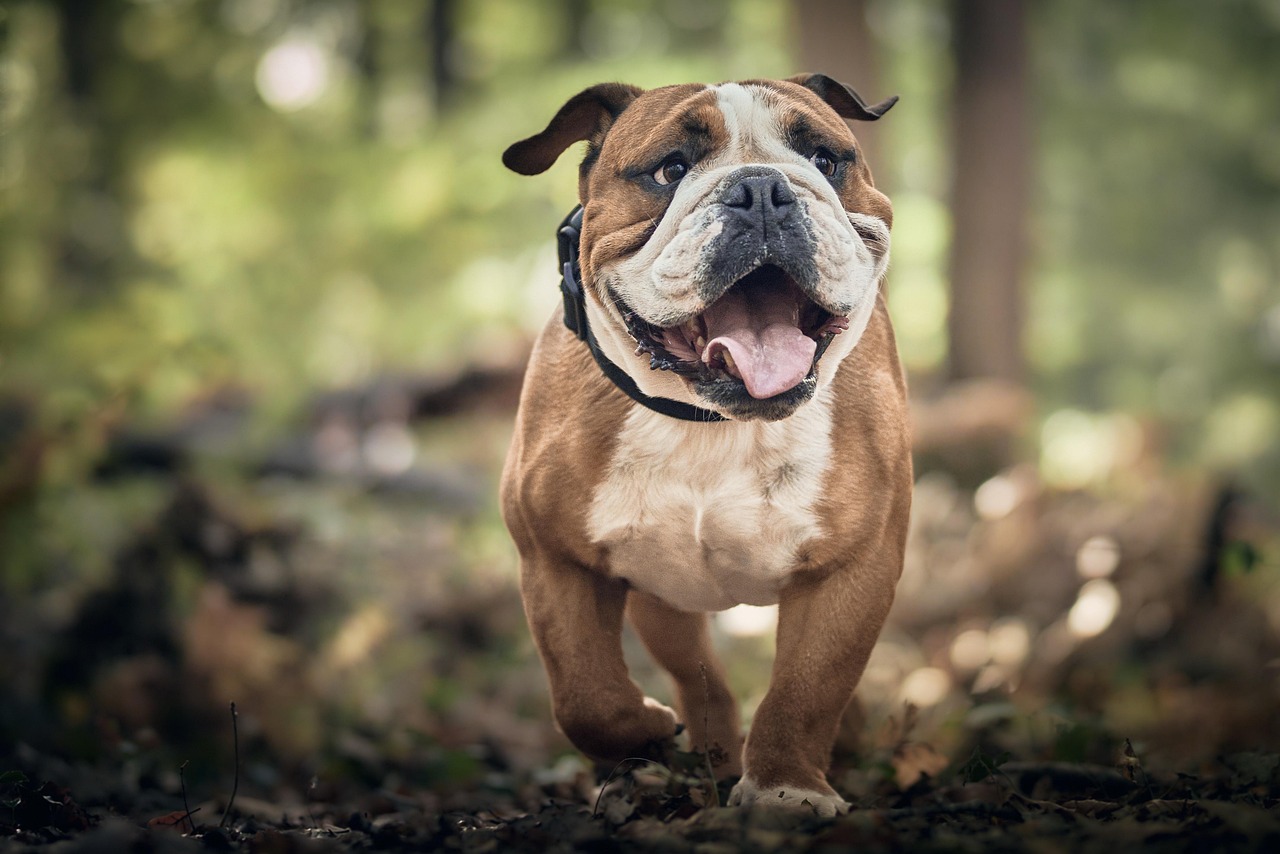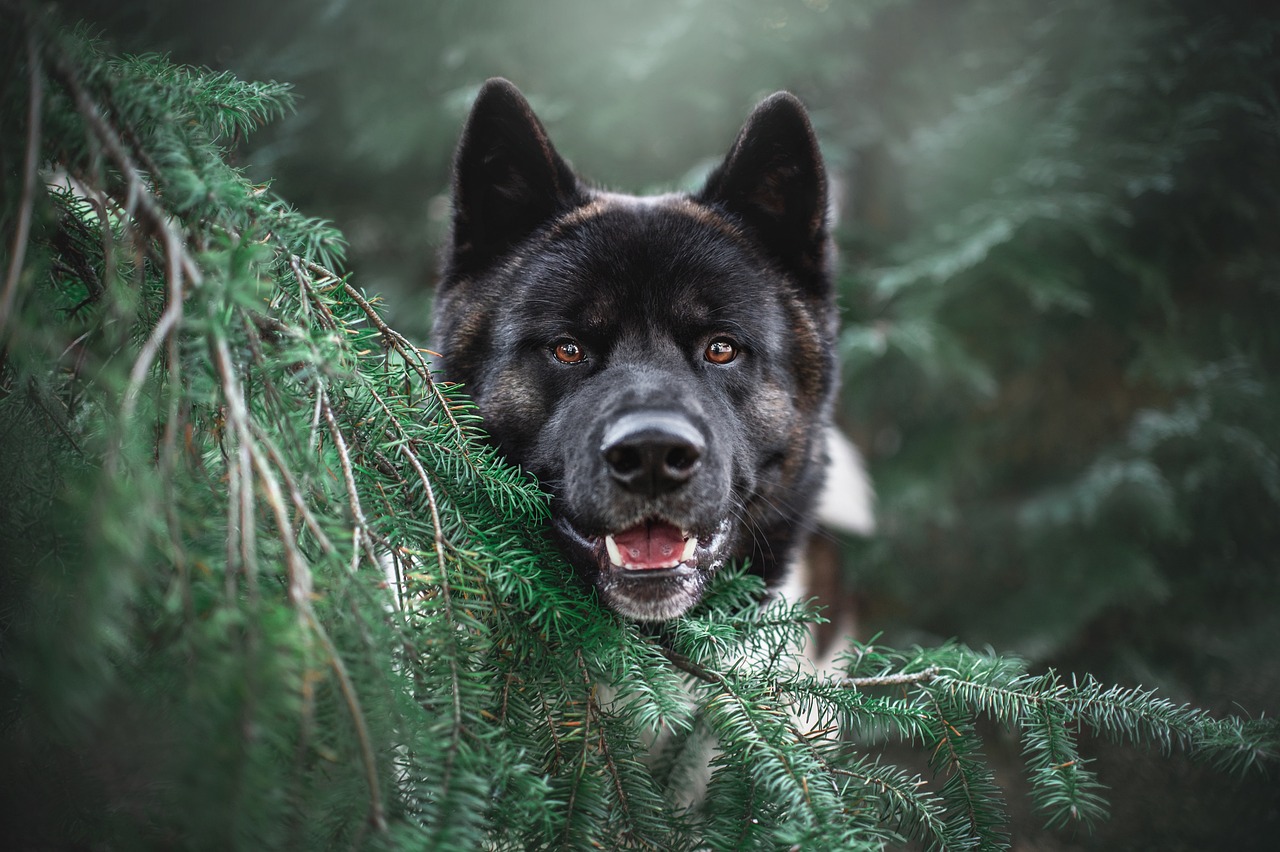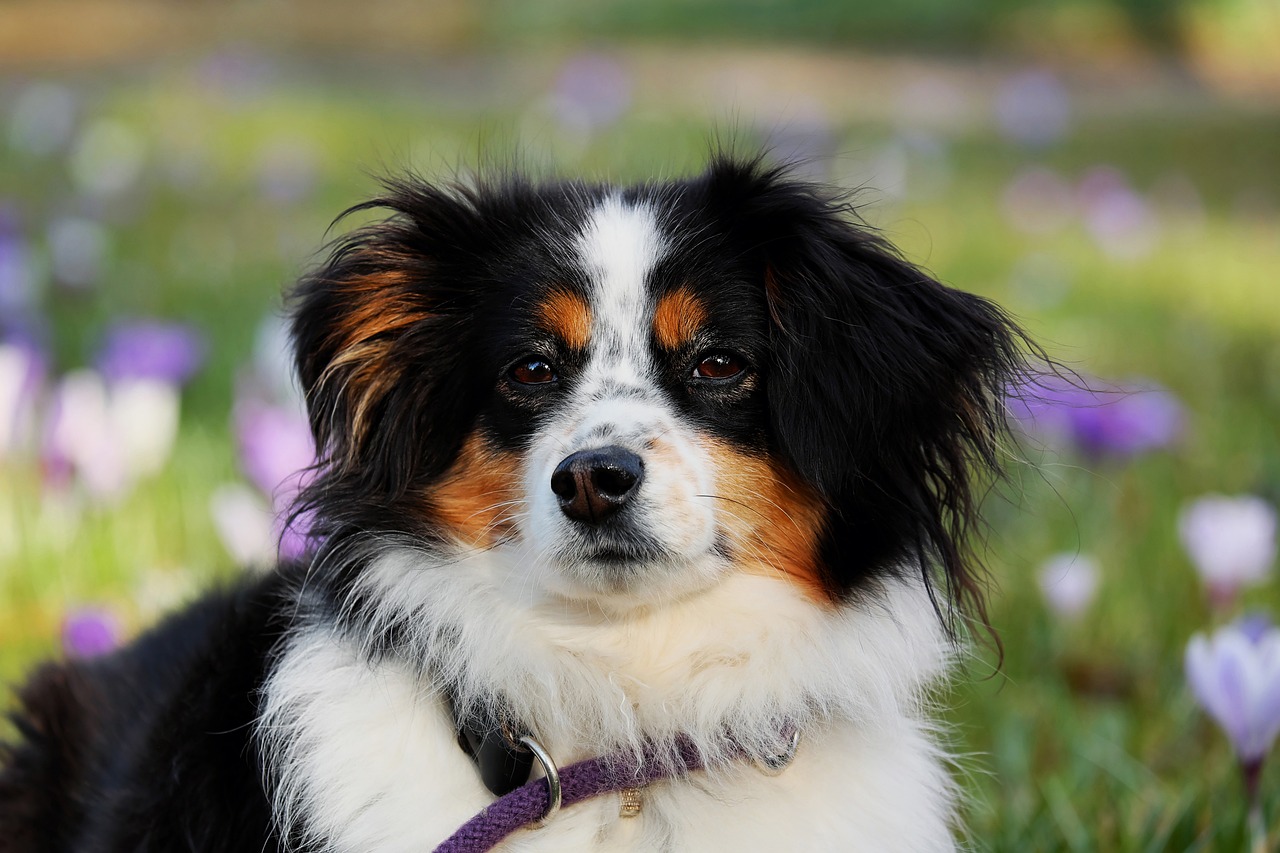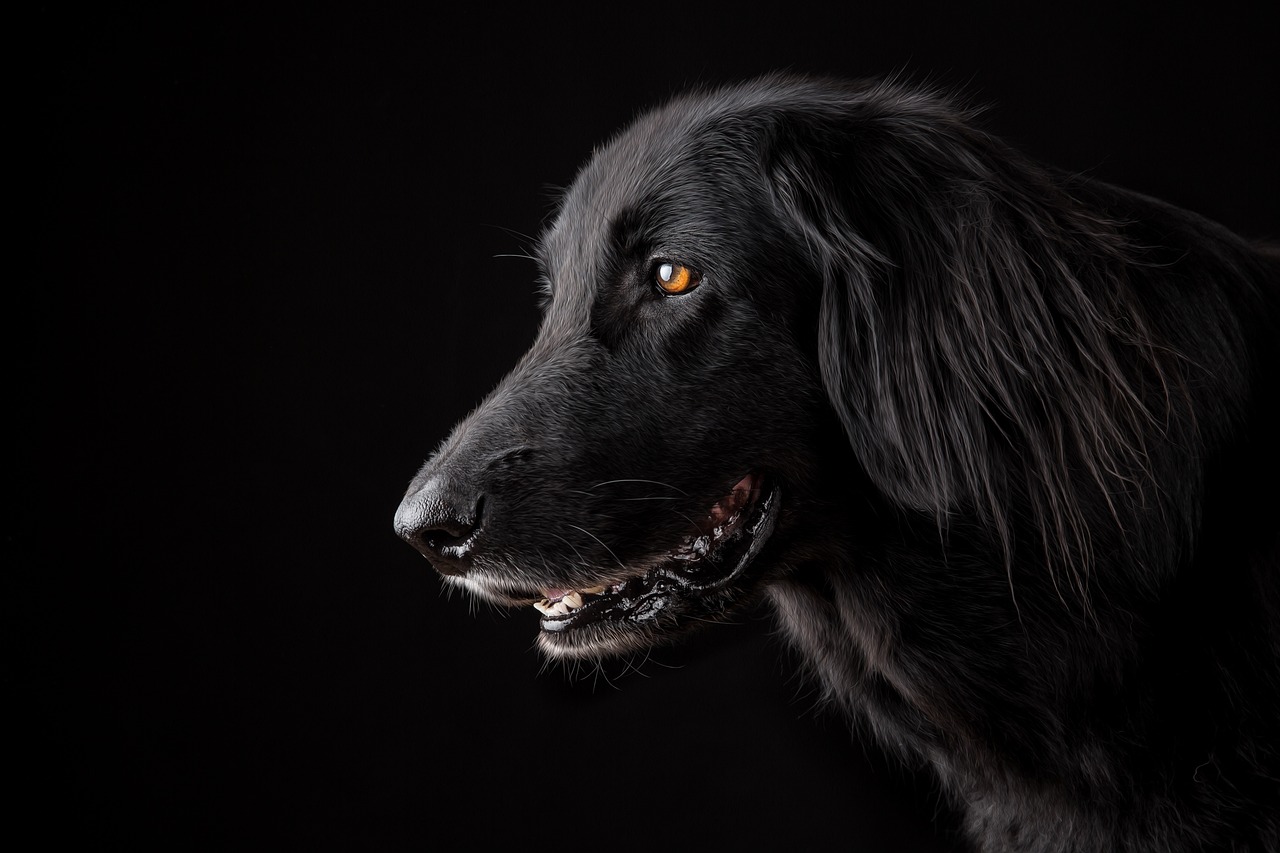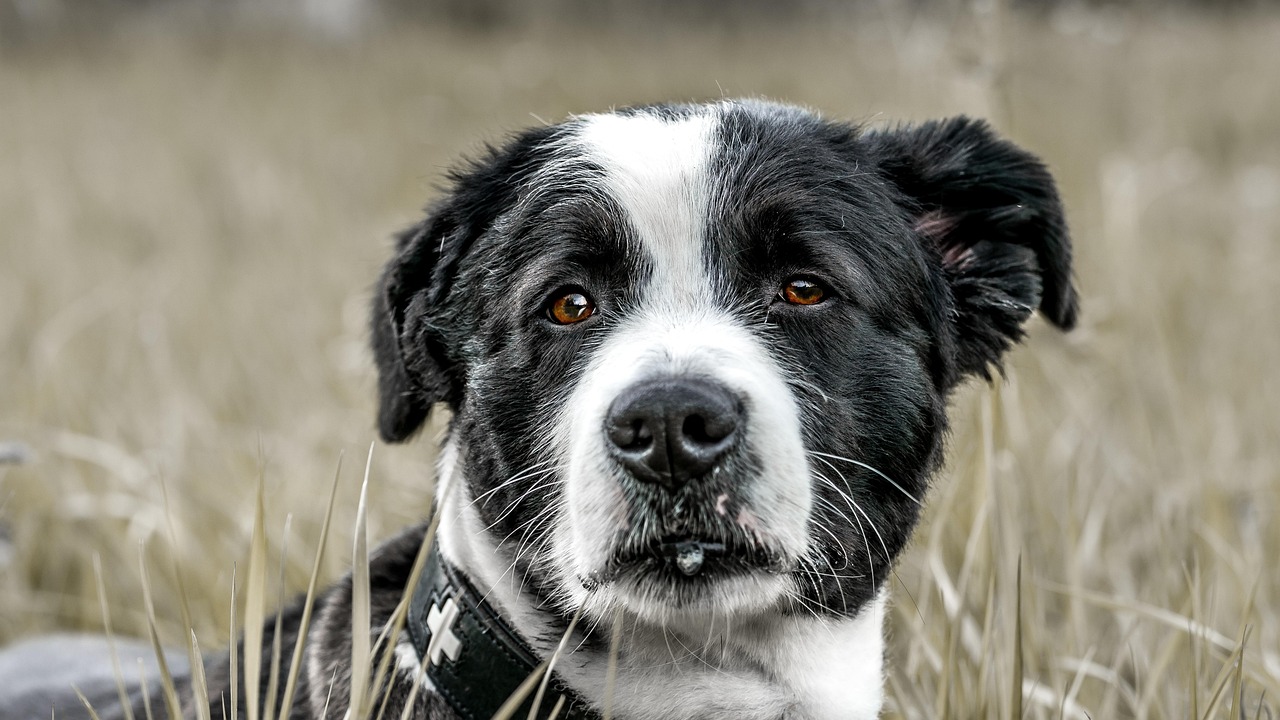This article delves into effective strategies for dog socialization aimed at minimizing biting problems. By gaining insight into canine behavior and employing appropriate techniques, you can cultivate a well-adjusted pet.
The Importance of Dog Socialization
Socialization is vital for a dog’s development, contributing to their ability to become well-rounded and confident. Early exposure to a variety of environments, people, and other animals can significantly reduce the risk of fear-based aggression.
Signs of Fear and Aggression in Dogs
Recognizing signs of fear and aggression is crucial in preventing biting incidents. Common indicators include:
- Growling
- Barking
- Body language suggesting discomfort or anxiety
Understanding Canine Body Language
Dogs communicate through body language, and understanding these signals can help owners gauge their emotional state. Key signals include:
- Tail Positioning: A wagging tail may indicate happiness, while a tucked tail often signals fear or submission.
- Ear Orientation: Erect ears can show alertness or excitement, whereas flattened ears often suggest fear or aggression.
Common Triggers for Aggressive Behavior
Identifying triggers that provoke aggression can help prevent biting incidents. Common triggers include:
- Unfamiliar people
- Loud noises
- Other dogs invading their space
Effective Socialization Techniques
Implementing structured socialization techniques can greatly enhance a dog’s comfort in various situations. Key components include:
- Gradual Exposure: Introduce dogs to new environments slowly, starting with less crowded areas and gradually increasing exposure as comfort grows.
- Positive Reinforcement: Utilize treats and praise to encourage desired behaviors, reinforcing a positive association with new experiences.
Socializing with Other Dogs
Interacting with other dogs is essential for socialization. Controlled playdates and visits to dog parks can help dogs learn appropriate social behaviors.
Choosing the Right Playmates
Selecting compatible playmates is crucial. Look for dogs with well-behaved and calm demeanor to ensure a positive experience.
Supervising Play Sessions
Always supervise play sessions, especially during initial introductions. Monitoring interactions can prevent aggressive behavior and ensure both dogs feel safe.
When to Seek Professional Help
If fear or aggression persists despite your efforts, consider seeking assistance from a professional dog trainer or behaviorist. They can provide tailored strategies to address your dog’s specific needs.

The Importance of Dog Socialization
Socialization is an essential aspect of a dog’s upbringing that significantly influences their behavior and temperament. It is during the formative months of a dog’s life that they should be exposed to a variety of environments, people, and other animals. This early exposure plays a critical role in helping them develop into well-rounded and confident companions.
When dogs are socialized properly, they are less likely to exhibit fear-based aggression. Fear-based aggression often stems from a lack of exposure to different stimuli, leading to anxiety and uncertainty in unfamiliar situations. By introducing your dog to diverse experiences, you can help them build a positive association with new encounters, reducing the likelihood of aggressive reactions.
Furthermore, socialization helps dogs learn appropriate behavior in various contexts. For instance, a well-socialized dog will be more comfortable interacting with other dogs and humans, which can prevent incidents of biting or growling due to fear or discomfort. Early and ongoing socialization is crucial for fostering a dog that is not only friendly but also adaptable to different environments.
To effectively socialize your dog, consider the following strategies:
- Start Early: Begin socialization during the critical developmental period, ideally between 3 to 14 weeks of age.
- Expose to Various Environments: Take your dog to different places like parks, pet-friendly stores, and busy streets to help them acclimate to various sounds and sights.
- Introduce to Different People and Animals: Encourage positive interactions with a variety of people, including children and seniors, as well as other dogs.
In conclusion, prioritizing socialization is vital for your dog’s emotional health and overall behavior. By taking the time to expose them to a range of experiences, you can help ensure that they grow into a well-adjusted and friendly pet.

Signs of Fear and Aggression in Dogs
Recognizing signs of fear and aggression in dogs is crucial for any pet owner looking to prevent biting incidents. Understanding these signals can help create a safer environment for both the dog and those around them. Dogs communicate their feelings through various behaviors, and being able to interpret these signs can significantly enhance the socialization process.
Common indicators of fear include growling, which serves as a warning sign, and barking, which may indicate distress or discomfort. Additionally, body language plays a vital role in understanding a dog’s emotional state. For example, a dog that is cowering or has its tail tucked between its legs is likely feeling anxious or scared. Similarly, a dog that is excessively licking its lips or yawning may be trying to calm itself in a stressful situation.
Another important aspect to consider is the dog’s posture. A dog that stands rigidly with its ears pinned back is often feeling threatened. Conversely, a relaxed dog with a wagging tail and a loose body posture is generally comfortable and happy. Observing these cues can help owners intervene before a situation escalates into aggression.
Moreover, social situations can amplify a dog’s fear or aggression. For instance, if a dog feels cornered or overwhelmed by unfamiliar people or loud noises, it may react defensively. Understanding these triggers is essential for preventing biting incidents.
In conclusion, being aware of the signs of fear and aggression in dogs is vital for fostering a safe and positive environment. By recognizing these behaviors early on, pet owners can take proactive steps to address their dog’s needs and ensure a harmonious relationship with others.
Understanding Canine Body Language
is essential for dog owners who want to foster a strong bond with their pets. Dogs primarily communicate through their body language, which includes a variety of signals that can indicate their emotional state. By learning to interpret these signals, owners can better understand their dogs and respond appropriately to their needs.
Key components of canine body language include:
- Tail Positioning: A dog’s tail can reveal a lot about its mood. A tail held high and wagging typically indicates excitement and happiness, while a tail that is tucked between the legs often shows fear or submission. Observing these cues can help owners gauge their dog’s comfort level in various situations.
- Ear Orientation: The position of a dog’s ears is another important indicator of its feelings. Erect ears may suggest alertness or curiosity, while ears that are flattened against the head often indicate fear or aggression. Understanding ear movements can provide insights into how a dog is reacting to its environment.
- Facial Expressions: Dogs use their facial expressions to communicate as well. A relaxed face with a slightly open mouth can signify a happy dog, while a tense face with bared teeth may indicate aggression or discomfort. Paying attention to these expressions is crucial for interpreting a dog’s emotional state.
By recognizing these key signals, dog owners can create a more harmonious environment for their pets. For instance, if a dog shows signs of fear, such as a tucked tail or flattened ears, it may be best to remove it from a stressful situation. Conversely, when a dog exhibits positive signs, such as wagging its tail and having relaxed ears, it can be encouraged to engage in social activities.
In conclusion, understanding canine body language is vital for any dog owner. By observing tail positioning, ear orientation, and facial expressions, owners can gain valuable insights into their dog’s emotional state, leading to better communication and a stronger bond.
Tail Positioning
is a crucial aspect of understanding a dog’s emotional state and behavior. The position of a dog’s tail can provide significant insights into its mood, which is essential for effective communication between the dog and its owner.
A wagging tail is often associated with happiness and excitement. When a dog wags its tail vigorously, especially in a wide arc, it usually indicates that the dog is feeling joyful and friendly. This behavior is often seen during playtime or when greeting familiar people. However, it is important to note that not all tail wags are positive. The context and accompanying body language should also be considered.
Conversely, a tucked tail is a clear signal of fear or submission. When a dog pulls its tail between its legs, it often indicates that the dog feels threatened or anxious. This position can occur in various situations, such as encountering unfamiliar people or animals. Recognizing this signal can help owners take proactive measures to comfort their pets and reduce stress.
Additionally, the height at which a dog’s tail is held can convey different emotions. A high, stiff tail may signify confidence or even aggression, while a low tail can indicate submission or insecurity. Observing these nuances in tail positioning can significantly aid in understanding a dog’s mood and needs.
Incorporating this knowledge into socialization efforts is vital. By paying attention to tail positioning, owners can better gauge their dog’s comfort levels in various situations. This awareness can help facilitate smoother interactions with other dogs and people, ultimately leading to a more well-adjusted pet.
In summary, understanding tail positioning is an essential part of reading canine body language. By recognizing the different tail positions and their meanings, dog owners can foster a positive environment that promotes healthy socialization and reduces the likelihood of fear-based behaviors.
Ear Orientation
is a critical aspect of understanding canine communication. Dogs express their emotions and reactions through various body language cues, and their ears play a significant role in conveying these feelings. By learning to interpret ear positions, dog owners can better assess their pets’ emotional states and respond appropriately.
Erect ears typically indicate that a dog is alert and engaged. This position often suggests curiosity or excitement, particularly when the dog is exploring a new environment or interacting with other animals. It is essential for owners to recognize this sign as a positive indication of their dog’s enthusiasm, which can be encouraged through socialization and play.
Conversely, when a dog’s ears are flattened against its head, it usually indicates fear or aggression. This stance can be a sign that the dog is feeling threatened or anxious, which may lead to defensive behaviors such as growling or biting. Understanding this signal is crucial for preventing potential biting incidents, as it allows owners to intervene and provide comfort or remove the dog from a distressing situation.
In addition to these positions, the ear movement can also provide insights into a dog’s feelings. Rapidly moving ears may indicate that the dog is trying to assess its surroundings, while still ears can suggest relaxation or submission. Owners should pay close attention to these nuances, as they can significantly influence a dog’s social interactions.
By recognizing and interpreting ear orientation, dog owners can foster better communication with their pets. This understanding is vital for effective socialization and can help mitigate issues related to fear or aggression. Ultimately, being attuned to a dog’s body language, including ear positions, enhances the bond between the pet and owner, leading to a happier and more well-adjusted canine companion.
Common Triggers for Aggressive Behavior
Understanding the triggers that can lead to aggressive behavior in dogs is essential for pet owners looking to prevent biting incidents. By identifying these triggers, you can take proactive measures to ensure your dog remains calm and well-adjusted in various situations. Here are some common triggers that may provoke aggression:
- Unfamiliar People: Dogs can be naturally wary of strangers. When approached by unfamiliar individuals, dogs may feel threatened, leading to defensive behavior. It’s important to introduce your dog to new people gradually and in a controlled manner.
- Loud Noises: Sudden or loud sounds, such as fireworks, thunder, or shouting, can startle dogs and trigger an aggressive response. Providing a safe, quiet space for your dog during such events can help alleviate anxiety.
- Other Dogs Invading Their Space: Dogs are territorial by nature. When another dog encroaches on their personal space, it may lead to aggressive behavior as a means of establishing dominance. Proper introductions and monitoring during playtime are crucial.
- Overstimulation: Environments that are overly stimulating, such as crowded parks or busy streets, can overwhelm some dogs, causing them to react aggressively. Gradual exposure to such environments can help them acclimate.
- Past Trauma: Dogs with a history of abuse or negative experiences may be more prone to aggression. Understanding your dog’s background can help in managing their behavior effectively.
By being aware of these triggers, dog owners can implement strategies to mitigate aggressive responses. For instance, socialization training, desensitization techniques, and positive reinforcement can significantly improve a dog’s ability to cope with potential stressors. Always remember that patience and consistency are key in fostering a well-behaved pet.
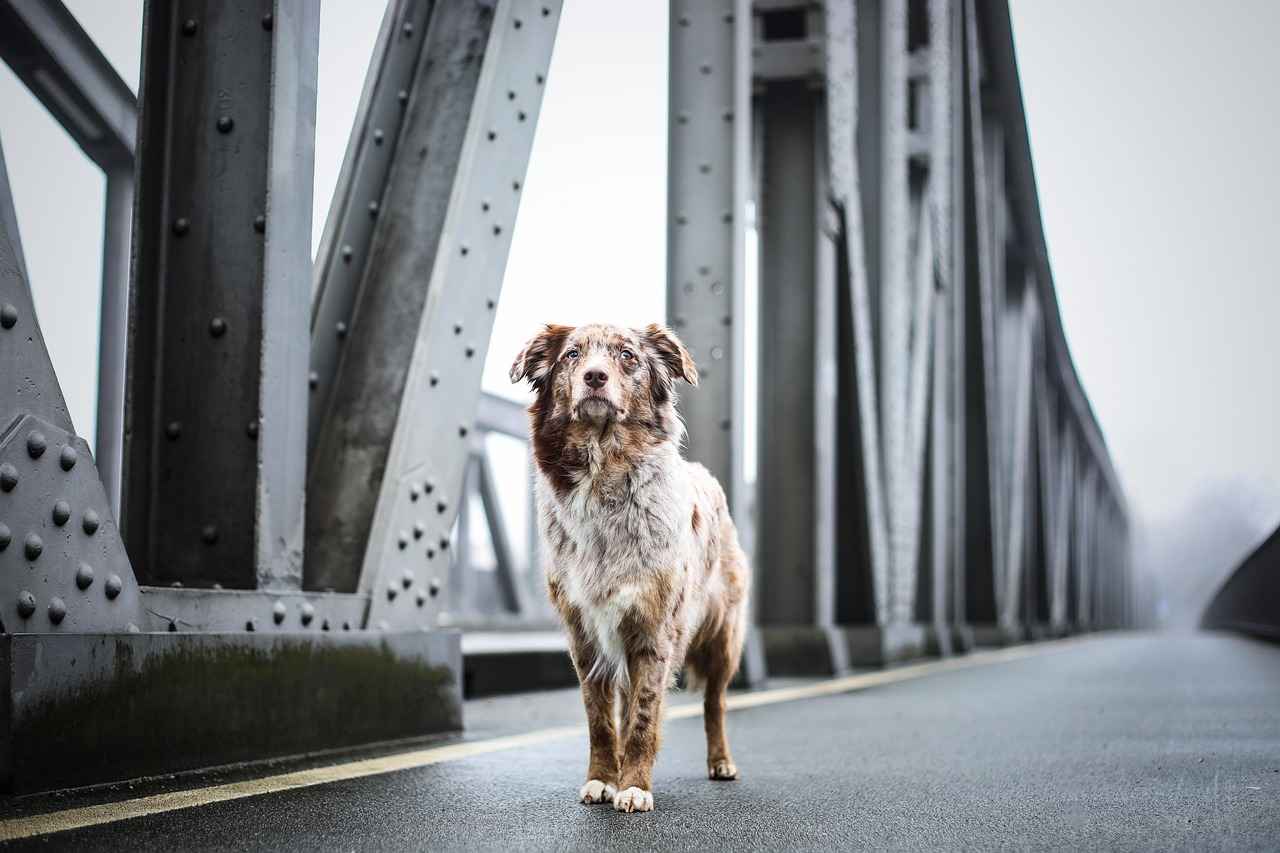
Effective Socialization Techniques
are essential for nurturing a well-adjusted dog. Implementing structured socialization techniques can greatly enhance a dog’s comfort in various situations. Gradual exposure and positive reinforcement are key components of these methods, ensuring your pet learns to navigate the world confidently.
Socialization should start early in a dog’s life, ideally during the critical developmental period between three and fourteen weeks. This is when they are most receptive to new experiences. However, it is never too late to begin socialization. Here are some effective strategies:
- Gradual Exposure: Begin by introducing your dog to new environments slowly. Start in a familiar, low-stress setting, gradually increasing the complexity and number of stimuli. For instance, take your dog to a quiet park before progressing to busier areas.
- Positive Reinforcement: Utilize treats, praise, and play as rewards for calm behavior. This method creates positive associations with new experiences. For example, if your dog remains calm around new people, reward them with a treat.
- Controlled Interactions: Arrange playdates with well-socialized dogs. This allows your dog to learn appropriate behaviors in a controlled environment, reducing the likelihood of aggressive incidents.
- Desensitization: Gradually expose your dog to specific triggers that cause anxiety or fear, such as loud noises or unfamiliar animals. Pair this exposure with rewards to help your dog build confidence.
It’s also important to monitor your dog’s body language during socialization. Signs of discomfort, such as cowering or growling, indicate that your dog may need a break or a different approach. Always prioritize your dog’s comfort and safety during these interactions.
In conclusion, effective socialization techniques are vital for preventing biting issues and fostering a confident, well-behaved dog. By using gradual exposure and positive reinforcement, you can help your dog thrive in various social situations.
Gradual Exposure to New Environments
is a critical aspect of socializing your dog effectively. By introducing your canine companion to new settings in a structured manner, you can significantly reduce their anxiety and fear. This process is essential for fostering a confident and well-adjusted pet.
When beginning the socialization process, it is important to start in less crowded areas. This could be a quiet park or a calm neighborhood street where your dog can explore without feeling overwhelmed. Allow your dog to take in the sights, sounds, and smells at their own pace. Patience is key; rushing the process can lead to negative associations with new environments.
As your dog becomes more comfortable in these less stimulating settings, you can gradually increase their exposure to busier environments. This might include visiting a dog-friendly café, attending a pet event, or walking in a crowded park. Always monitor your dog’s body language during these outings. Signs of discomfort, such as tail tucking or excessive panting, indicate that it may be time to retreat to a quieter space.
Incorporating positive reinforcement is vital during this process. Reward your dog with treats or praise when they exhibit calm behavior in new environments. This helps create a positive association with the experience, making them more likely to feel secure in similar situations in the future.
Ultimately, the goal is to build your dog’s confidence through gradual exposure. By taking these steps, you not only help reduce their anxiety but also equip them with the social skills necessary to navigate various settings. Remember, each dog is unique, and the pace of socialization should be tailored to their individual needs.
Positive Reinforcement Training
is a highly effective method for encouraging desired behaviors in dogs, especially during the critical socialization phase. This technique revolves around rewarding your dog for exhibiting calm and desirable behaviors, which helps to build a positive association with new experiences.
One of the core principles of positive reinforcement is that dogs learn best when they are rewarded for good behavior. This can be achieved through various means, including:
- Treats: Use small, tasty treats that your dog loves. Reward them immediately after they display the desired behavior to create a strong connection between the action and the reward.
- Praise: Verbal affirmations like “good boy” or “well done” can be very motivating. The tone of your voice can convey enthusiasm and encouragement.
- Affection: Physical affection, such as petting or belly rubs, can also serve as a reward. Many dogs respond positively to tactile reinforcement.
When socializing your dog, it’s crucial to focus on rewarding calm behavior. For instance, if your dog remains calm when meeting a new person or encountering another dog, immediately offer a treat or praise. This reinforces the idea that calmness leads to positive outcomes, thereby reducing anxiety and fear in future interactions.
Additionally, it’s important to gradually expose your dog to new environments and situations. Start with less intense experiences and gradually increase the complexity as your dog becomes more comfortable. This method not only helps in building confidence but also allows you to effectively use positive reinforcement to encourage desired behaviors.
In conclusion, employing during socialization is essential for fostering a well-adjusted and confident dog. By rewarding calm behaviors and creating positive associations, you can significantly reduce the likelihood of fear-based aggression and biting issues.
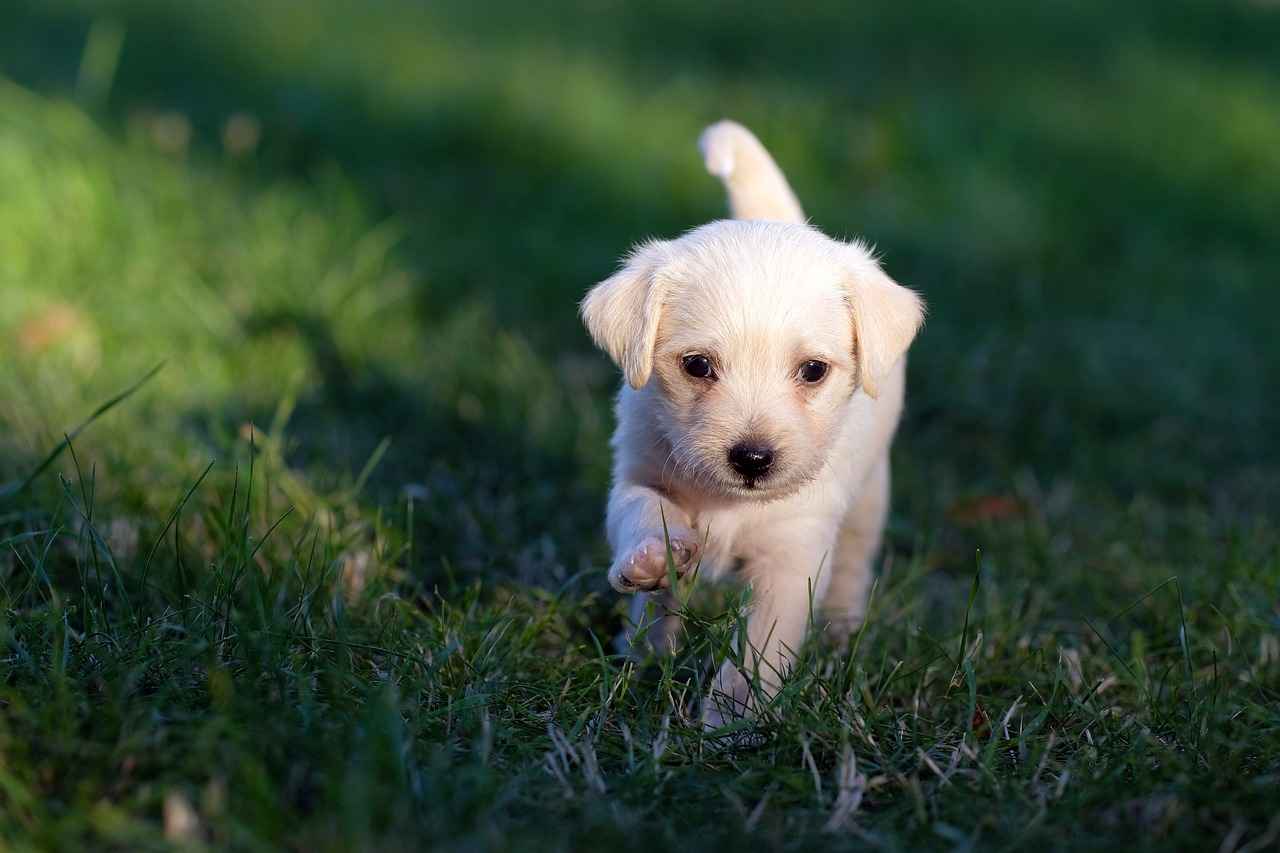
Socializing with Other Dogs
Interacting with other dogs is crucial for the overall development and well-being of your pet. Socialization not only helps dogs learn appropriate social behaviors but also significantly reduces the likelihood of aggression. By facilitating controlled playdates and regular visits to dog parks, pet owners can create environments where dogs can thrive socially.
Understanding the Benefits of Dog Interaction
- Learning Social Cues: Dogs are social animals that communicate through body language. By interacting with other dogs, they learn to interpret signals such as posture, tail wagging, and vocalizations.
- Reducing Anxiety: Regular interaction with other dogs can help alleviate fear and anxiety, making them more adaptable to new experiences and environments.
- Building Confidence: Positive experiences with other dogs can boost a dog’s confidence, helping them feel secure in various situations.
Setting Up Controlled Playdates
When organizing playdates, it is essential to choose compatible playmates. Look for dogs that have similar energy levels and temperaments. This compatibility ensures that both dogs enjoy their time together, reducing the risk of conflict.
Supervising Interactions
Always supervise play sessions, especially during the first few meetings. Monitoring interactions allows you to intervene if necessary and helps both dogs feel safe. Keep an eye out for signs of discomfort, such as growling or stiff body posture.
Frequent Visits to Dog Parks
Dog parks are excellent venues for socialization. They provide opportunities for dogs to engage in play with various breeds and personalities. However, ensure that your dog is comfortable in a park setting and gradually introduce them to the environment.
In conclusion, socializing with other dogs is a fundamental aspect of a dog’s development. By facilitating positive interactions and providing structured environments, you can help your dog become a well-adjusted and sociable companion.
Choosing the Right Playmates
Selecting compatible playmates is essential for ensuring a safe and enjoyable socialization experience for your dog. When introducing your furry friend to others, it is crucial to consider their temperament and behavior. Look for dogs that exhibit calmness and are well-behaved, as this can significantly impact your dog’s comfort level during interactions.
Here are some important factors to consider when choosing playmates:
- Temperament: Look for dogs that have a gentle demeanor. A calm and friendly dog can help your dog feel more at ease, reducing the likelihood of aggressive behavior.
- Size Compatibility: While size isn’t everything, pairing dogs of similar sizes can prevent accidental injuries during play. Larger dogs may unintentionally overwhelm smaller ones.
- Energy Levels: Dogs with similar energy levels tend to play more harmoniously. A high-energy dog may become frustrating for a more laid-back companion, leading to stress or aggression.
- Social Skills: Choose dogs that display good social skills. Dogs that are well-socialized are less likely to exhibit fear or aggression, making them ideal playmates.
When introducing your dog to a new playmate, it’s best to do so in a neutral environment. This can help prevent territorial behaviors. Always monitor their interactions closely, especially during the initial meetings, to ensure that both dogs feel comfortable and secure.
In conclusion, selecting the right playmates is a vital step in your dog’s socialization process. By being mindful of the characteristics of potential playmates, you can create a positive and safe environment for your dog to thrive socially.
Supervising Play Sessions
When it comes to socializing dogs, supervision during play sessions is of utmost importance. This is especially true during the initial introductions between dogs, where their interactions can set the tone for future encounters. By closely monitoring these interactions, you can help prevent any potential aggressive behavior and ensure that both dogs feel safe and secure.
During these early play sessions, dogs are often still learning how to communicate with one another. They may misinterpret signals or react unpredictably due to excitement or nervousness. Here are some key points to consider:
- Recognize Body Language: Understanding canine body language is essential. Look for signs of stress or discomfort, such as growling, stiff posture, or a tucked tail. These signals can indicate that a dog is feeling threatened or overwhelmed.
- Intervene When Necessary: If you notice any signs of aggression or fear, it’s important to step in immediately. This could mean redirecting the dogs’ attention or separating them temporarily to allow for a cooling-off period.
- Encourage Positive Interactions: Use treats or verbal praise to reward calm and friendly behavior during play. This helps create positive associations with social interactions.
- Limit Playtime: Especially in the beginning, keep play sessions short. Gradually increase the duration as the dogs become more comfortable with each other.
In conclusion, always prioritize supervision during dog play sessions. This proactive approach not only helps in preventing aggressive behavior but also fosters a positive environment where dogs can learn to socialize effectively. With careful monitoring and intervention, you can help ensure that your dog develops healthy social skills and enjoys safe playdates with other dogs.

When to Seek Professional Help
When it comes to ensuring your dog’s well-being, recognizing when to seek professional help is a critical skill for any pet owner. If you observe persistent fear or aggression in your dog, despite your best efforts to socialize and train them, it may be time to consult a professional. A qualified dog trainer or animal behaviorist can offer tailored strategies that address your dog’s unique challenges.
Many owners may feel overwhelmed by their dog’s behavioral issues, especially if traditional training methods do not yield the desired results. In such cases, it’s essential to understand that professional assistance can provide a fresh perspective and specialized techniques. These experts are trained to evaluate your dog’s behavior and identify underlying issues that may contribute to their fear or aggression.
- Behavioral Assessment: A professional will conduct a thorough assessment of your dog’s behavior, taking into account their history, environment, and triggers.
- Customized Training Plans: Based on the assessment, they will develop a customized training plan that focuses on your dog’s specific needs, ensuring a more effective approach.
- Ongoing Support: Professionals often provide ongoing support and guidance, helping you implement the strategies in your daily routine.
Moreover, it’s important to remember that seeking help is not a sign of failure. Rather, it demonstrates your commitment to providing the best possible care for your pet. Early intervention can prevent more serious behavioral issues from developing, ultimately leading to a happier and more harmonious relationship between you and your dog.
In conclusion, if you notice that your dog continues to exhibit signs of fear or aggression despite your efforts, do not hesitate to reach out for professional help. With the right support, you can equip yourself with the tools and knowledge necessary to foster a well-adjusted and confident canine companion.
Frequently Asked Questions
- What is dog socialization and why is it important?
Dog socialization is the process of exposing your dog to various environments, people, and other animals. It’s crucial because it helps your dog become well-adjusted and confident, reducing the chances of fear-based aggression and biting.
- How can I tell if my dog is afraid or aggressive?
Look for signs such as growling, barking, or specific body language like a tucked tail or flattened ears. These signals indicate discomfort or anxiety, which are important to recognize to prevent biting incidents.
- What are effective techniques for socializing my dog?
Gradual exposure to new environments and positive reinforcement training are key techniques. Start slow, reward calm behavior with treats or praise, and gradually introduce your dog to busier settings.
- How do I choose the right playmates for my dog?
Select dogs that are well-behaved and have calm demeanors. This ensures a positive experience and helps your dog learn appropriate social behaviors while reducing the risk of aggression.
- When should I seek professional help for my dog’s behavior?
If your dog shows persistent fear or aggression despite your best efforts, it may be time to consult a professional dog trainer or behaviorist for tailored strategies that address your dog’s specific needs.
